Five signs spring is on the way
January 26, 2022
By the end of January we’re all a bit sick and tired of winter.
Christmas and New Year is in the rearview mirror and the days just seem to drag, not to mention the biting cold and dull, grey skies.
However, here are five signs of the changing of the seasons to put a spring into your step.
Snowdrops
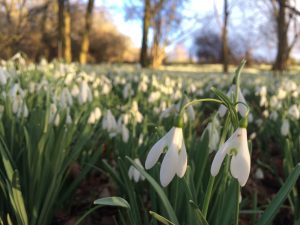
© Charlie Hellewell
Synonymous with hope, snowdrops are the first of the spring flowers to appear.
Despite their delicate appearance, they are extremely hardy, their bulbs capable of withstanding ice cold temperatures.
In the South Downs, they tend to bloom in January, with blankets of white snowdrops giving much needed colour to woodland floors in February and March.
The National Trust-owned Petworth Park and House in West Sussex is one of the best places to experience the snowdrop spectacle.
Lambs
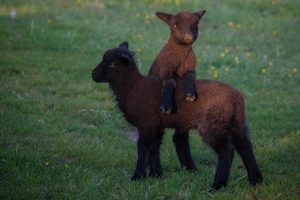
© Jamie Fielding
Walk across the Downs in February and March and you will begin to see the number of lambs leaping across the hillside swell.
Their gentle ‘bahs’, playful antics and adorable little faces are enough to melt the coldest of hearts.
Although very, very cute, sheep grazing plays an important part in the maintenance of chalk grassland habitat in the South Downs.
Without the presence of sheep on the Downs chewing longer grasses, many of the wildflowers we love and admire would simply disappear from the landscape.
If you are a dog walker, you must keep your dogs on the lead when near livestock as the stress can result in a miscarriage.
Chiffchaff
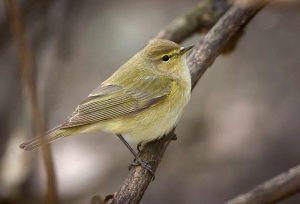
Although some chiffchaffs remain in the UK throughout the year, most arrive from the end of February, migrating from Africa.
Chiffchaffs are best identified by their song which gives them their name: “chiff chaff chiff chaff.”
Not quite a groundnester, chiffchaffs do prefer to build their nests close to the ground in shrubs and hedgerows so dogs should be kept on the lead to avoid disturbing the birds and forcing them to abandon their nests.
Longer days
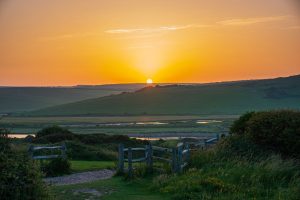
© Tom Sigler
You may not have noticed but the days are getting a bit longer.
In fact, by the time 28 January has come around, we’ve gained an extra 78 minutes of daylight since in the winter solstice on 21 December.
But, as we approach the equinox on 20 March 2022, we will be gaining almost four minutes of daylight every day.
With the longer days brings more wildlife, colour and sunshine.
Catkins
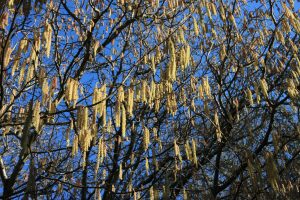
Before the leaves, come the catkins.
These are essentially clusters of very tiny flowers which allow trees to reproduce.
Winds blow pollen from male plants which fertilise the flowers, before being dispersed to grow elsewhere, far away from the parent trees.
Common trees with catkins include hazel, willow, silver birch and alder, with hazel and alder being the first to flower.
